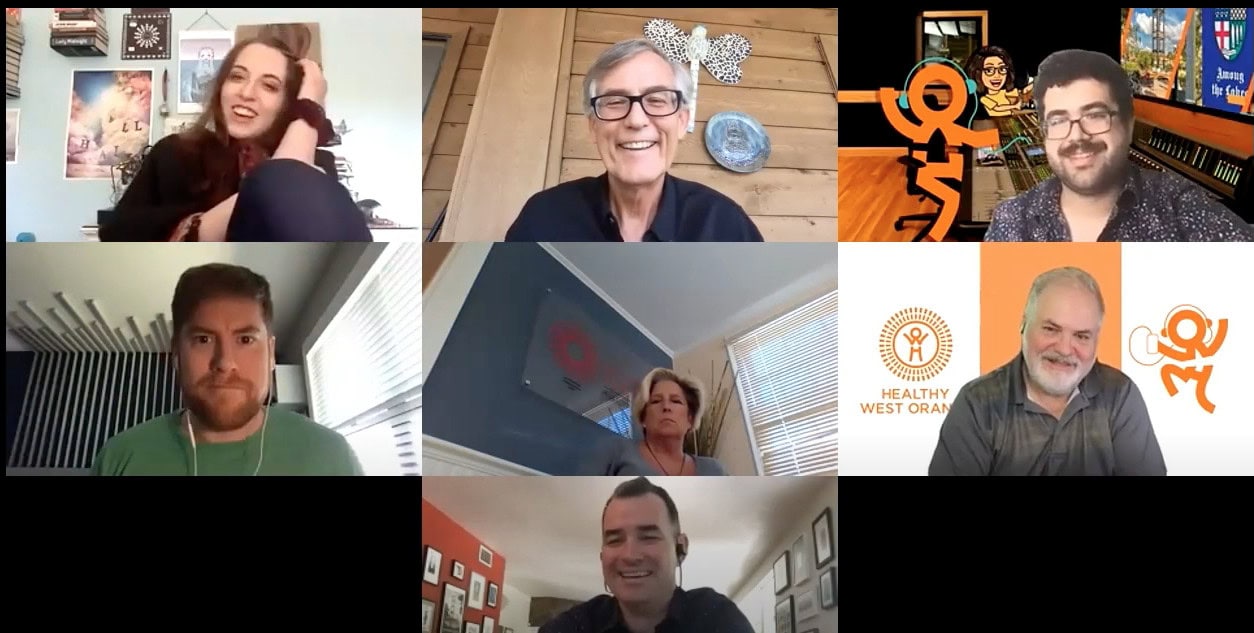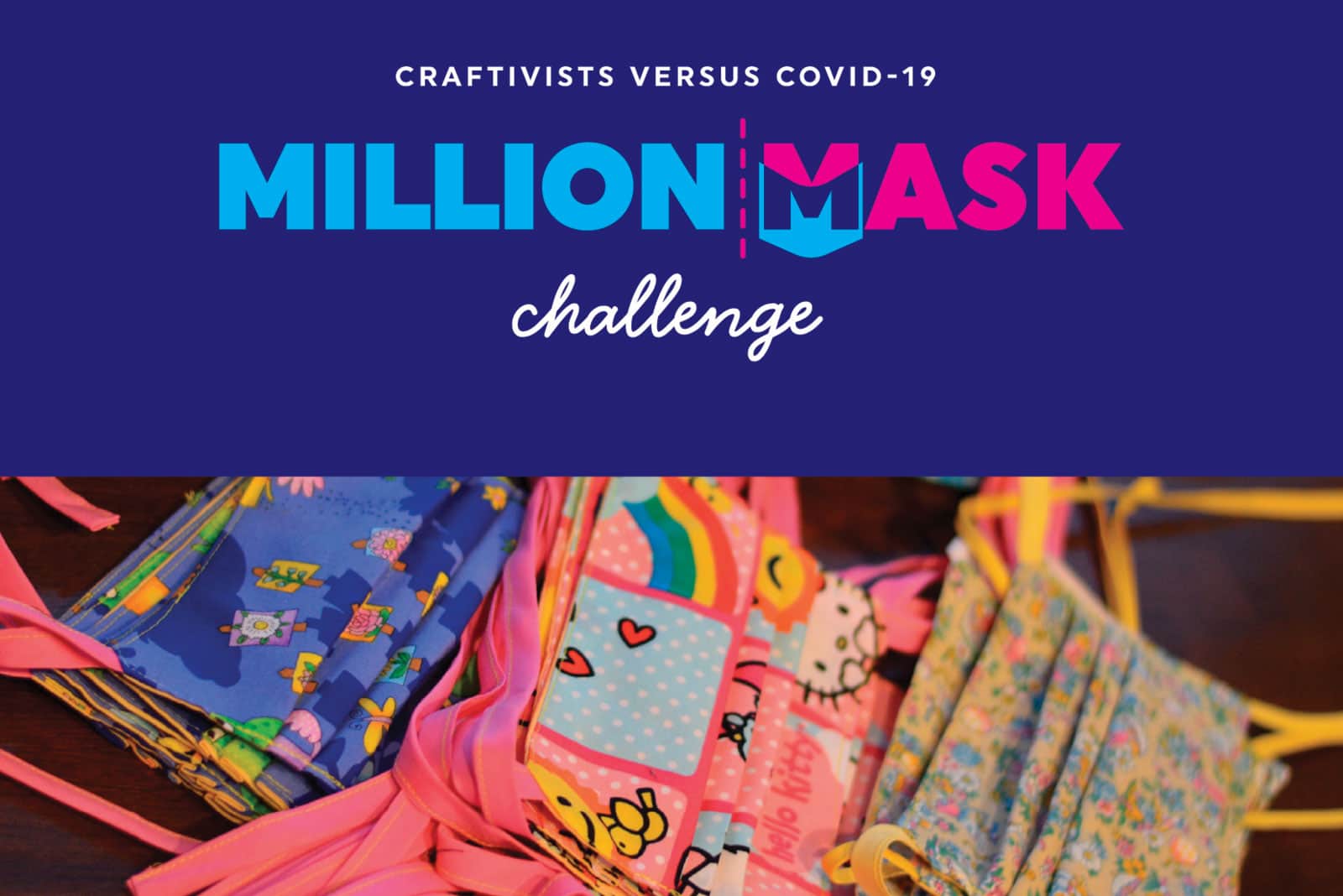Storytelling: A Powerful Tool for Behavior Change
By John Lux
Originally posted on the HealthEd blog by Laura Wilson, MEd SVP, HealthEducation HealthEd
We all grow up with stories. The use of storytelling can be a powerful motivator for behavior change, including changes in health behavior. As I think about my personal and professional life, I recognize the ways stories have shaped my outlook, choices, and behavior.
As a child, I spent many Sunday afternoons visiting relatives. Sitting around various kitchen tables with “the grown-ups,” I heard stories that shaped me. I learned about strength when hearing about my grandfather, a farmer, who fell off his tractor and was run over by it. This accident broke many bones, and yet, within days, he was back on the farm, directing the important planting activities. I learned about adventure as my young aunts and uncles traveled around Europe with only a few dollars at a time. And I learned how to take care of patients as I listened to the funny and sad stories shared by my aunt, who was a nurse in a nursing home. These stories in particular were the impetus for my career in healthcare, and I spent many years working as a nursing assistant, social worker, and recreation therapist in order to have that same kind of connection with older adults.
Even for people who did not grow up with a storytelling family like mine, stories are still abundant in movies, books, and video games.
Stories teach in multiple ways. A recent Psychology Today article describes how stories can help shape our beliefs and behaviors:
- Stories involve us in personal, emotional ways, which is different from how we respond to facts and statistics
- This emotional power is the key to igniting action
- The use of metaphor and analogy help bridge the emotional and cognitive meaning of a story
- Stories allow us to simulate and learn from events without having to live through the experience
In addition, storytelling can take complex ideas and make them simpler and actionable. Many health messages utilize numbers, such as percentages, and uncommon words. For people with limited numeracy and literacy skills, storytelling may be an option.
Social media—Our new kitchen table: It’s no surprise that we find ourselves searching for stories on YouTube, Twitter, and blogs—and that we share with family and friends the sad, funny, powerful stories that we find. These channels have become our society’s version of the kitchen table for sharing important values.
And these channels keep us honest. If our industry stories are to have power, they need to be situated in the real experiences of our patients and customers. Stories shaped to reflect patients’ real concerns, barriers, and motivators to change are the ones that can promote behavior change. These stories can model real-life exchanges between healthcare providers and patients. Or they can show patients discussing their challenges with taking medications, as well as their personal solutions. Think of the targetable, measurable power of communicating in these naturalistic ways to benefits all stakeholders.
Click HERE to read the blog from the HealthEd blog by Laura Wilson, MEd SVP, HealthEducation HealthEd. Click HERE to learn about our philosophy on Storytelling and click HERE to see some samples of how we have used that Storytelling philosophy in Healthcare.


